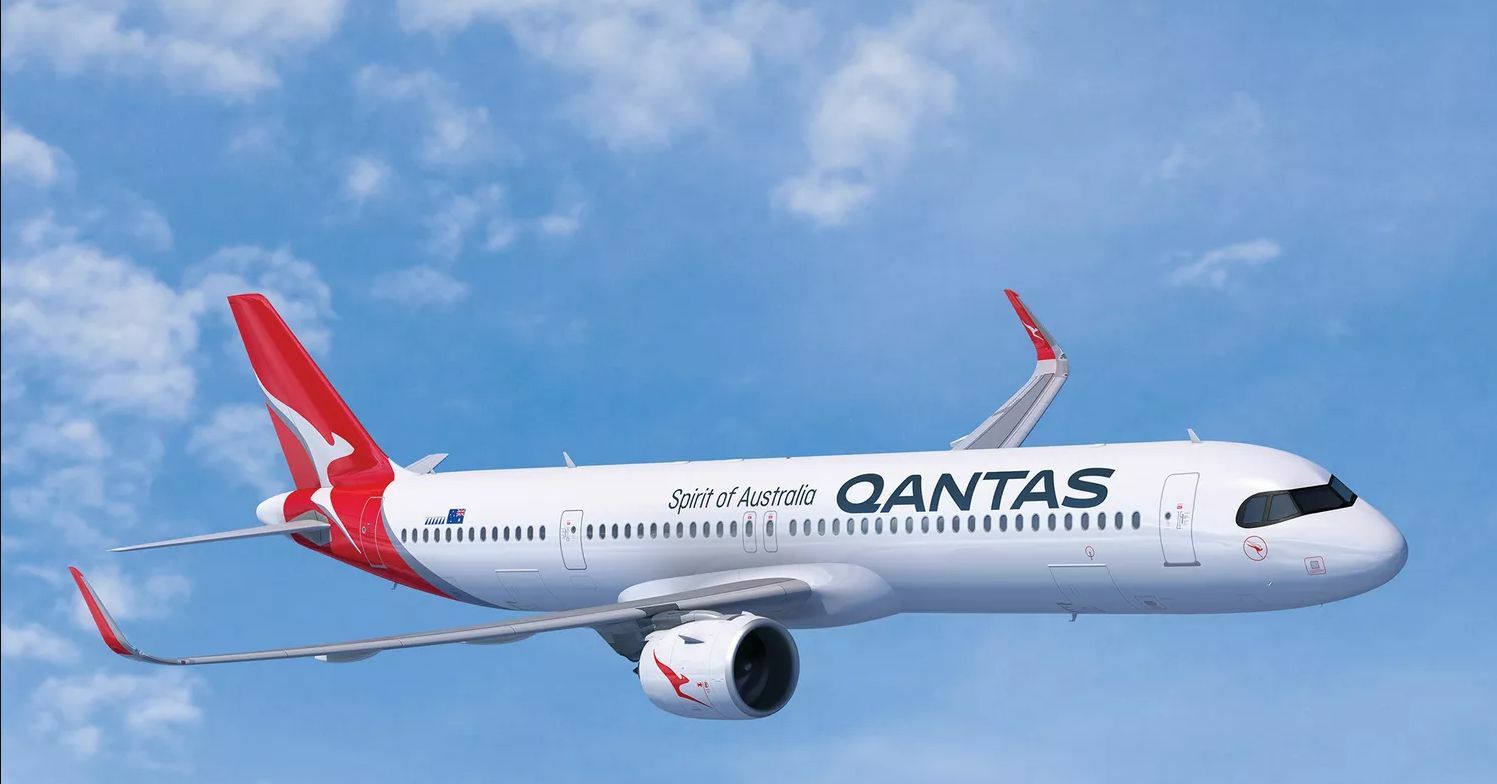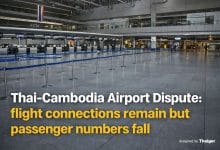Plane pain: Soaring airfares hit turbulence amid shortage struggles

Soaring airfares are expected to persist as airlines grapple with a shortage of planes, labour, and spare parts, making it challenging to meet the surging demand for travel. A recent report by ING Bank NV highlights the myriad issues plaguing the global aviation industry, noting ongoing supply-chain constraints.
Air travel demand is anticipated to surpass pre-pandemic levels this year but manufacturing setbacks at Boeing and defects in Pratt & Whitney engines are curbing the availability of aircraft, hindering a full recovery.
Airbus SE and Boeing are facing a record backlog of orders, with demand for second-hand aircraft also on the rise, ING reported.
This surge is driving up leasing rates for planes, notably for models like the Boeing 737 and Airbus A321.
Additionally, a shortage of skilled workers is causing delays in retrofitting or refurbishing older aircraft, further complicating the situation.
Airlines worldwide are reconsidering their growth strategies and, in some cases, reducing flights due to ongoing supply chain disruptions.
In the Asia-Pacific region, carriers such as Singapore Airlines, Qantas Airways, and Air New Zealand have been affected by delays in aircraft deliveries, unexpected engine maintenance, and other operational issues, said ING sector economist Rico Luman and credit strategist Oleksiy Soroka.
“The global airline fleet hasn’t managed to keep up with demand and that’s not over yet.
“Against the backdrop of capacity constraints, pricing power remains with carriers.”
According to the report, despite the higher costs, passengers appear willing to pay. Globally, fares are expected to stay elevated, with ticket prices in Europe surpassing inflation by 15% in early 2024.
“People across the world are seemingly keen to travel and prioritise their trips despite more expensive tickets,”
The report also includes further information on delivery delays, additional maintenance needs, extreme weather, geopolitical tensions, and labour disputes that are predicted to impact airlines’ profitability this year.
The industry’s emissions are likely to return to near pre-pandemic levels. Although there is increased awareness of aviation’s environmental impact, few individuals, particularly the younger generation, are willing to forgo flying.
India’s expanding population and rising affluence are expected to turn the country into a significant driver of future airline growth.
As the aviation sector navigates these challenges, the interplay between supply constraints and rising demand will continue to shape the landscape, with passengers bearing the brunt of the cost increases, reported Bangkok News.
Latest Thailand News
Follow The Thaiger on Google News:


























